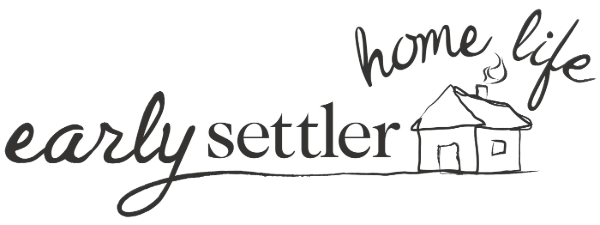Iconic Eras of Australian Architecture
Share
ELEGANT ERAS
Australian architectural styles have certainly come a long way since the original wattle and daub houses with bark roofs from of early settler days. Since the mid-1800s when the nation struck gold, as the economy boomed, architectural design evolved rapidly to reflect both global trends and our warmer climate. Most of us have heard of the classic California bungalow, but what’s the Waterfall house? We’ve profiled some of the most iconic eras in Australian architecture from the 1910s to the 1950s.
1910s
Federation

15 Northcote Avenue Killara New South Wales Australia (Wikimedia Commons)
Architectural elements
- Red-brick or painted weatherboard exteriors
- High-pitched gabled roofing
- Bullnose verandas embellished with fretwork
- ‘Iron petticoats’ (metal fretwork)
- Stained-glass windows
- High ceilings
- Plaster cornices, ceiling roses & skirting
- Arched walkways with decorative corbels
- Timber flooring, such as parquetry
Décor
- Aussie motifs such as kangaroos, emus, native flora & the rising sun to commemorate the Federation & new Australian identity
- Blue & white ceramics
- Florals cushions, fabrics & rugs
- Classic European-style art
1920s
California bungalow

California bungalow, Kensington, Sydney (Wikimedia Commons)
Architectural elements
- Weatherboard or red brick
- Single level
- Moderately gabled roofline
- Front veranda held up by columns / pylons
- Set further back from the street with a garden
- Front door opening to living room
- Simple layout & more open plan
Décor
- Art Nouveau & Art Deco
- Bold geometric patterns
- Gold & silver coloured homewares
- Chevron & zigzags patterns
- Luxe materials & animal motifs
1930s
Spanish Mission

Spanish Mission style house in Heidelberg, Victoria by Nick Carson (Wikimedia Commons)
Architectural elements
- Usually single level with ochre terracotta tiles
- Stucco rendering that mimicked mud-brick
- Arched colonnades with twisted columns
- Arched gateways, doors & windows
- Painted shutters & exposed timber ceiling beams
- Parquetry flooring & mottled tiles
Décor
- Glamorous pastels such as pink, mint, lemon & pale blue
- Clean, symmetrical, bold geometric lines
- Chevron & herringbone patterning
- Soft curved cabinetry
- Hollywood glam
1940s
Waterfall

Waterfall-style home, Roseville NSW (Wikimedia Commons)
Architectural elements
- Ocean liner aesthetic with nautical themes
- Glamorous curved facades
- Curved or porthole windows & venetian blinds
- Moderately pitched gabled roofline
- Cream brick veneers or exposed brick
- 3 steps creating a ‘waterfall’ at the entrance
- Descending curves in chimneys & other vertical elements
- Interconnecting living spaces & more open plan
Décor
- Colourful wall paint
- Art Deco décor
- Move away from pastels to bolder shades
1950s
Mid-century modern

A spectacular example of mid-century architecture (Wikipedia Commons)
Architectural elements
- Simple lines with minimal ornamentation
- Open-plan design
- Maximising views with floor-to-ceiling windows
- Connecting indoors & out with sliding glass doors to garden
- Outdoor living space, such as a patio or deck
- Large entertainer’s kitchen
Décor
- Contemporary graphic patterns & bright colours
- Light timber & Scandinavian influences
- Futuristic space-age motifs, such as statement chandeliers
- Plastic & chrome homewares & furniture
- Palm tree motifs
More in-store
Visit us in-store and online to discover plenty of home decorating ideas to complement the Australian architecture of your home. And for more inspiration, check out What’s Your Style.
You Might also Like













